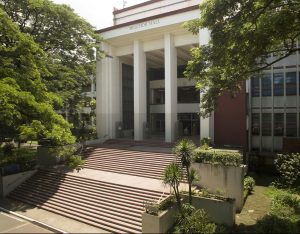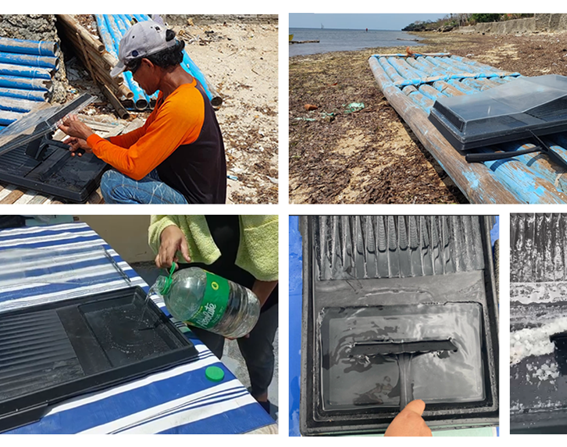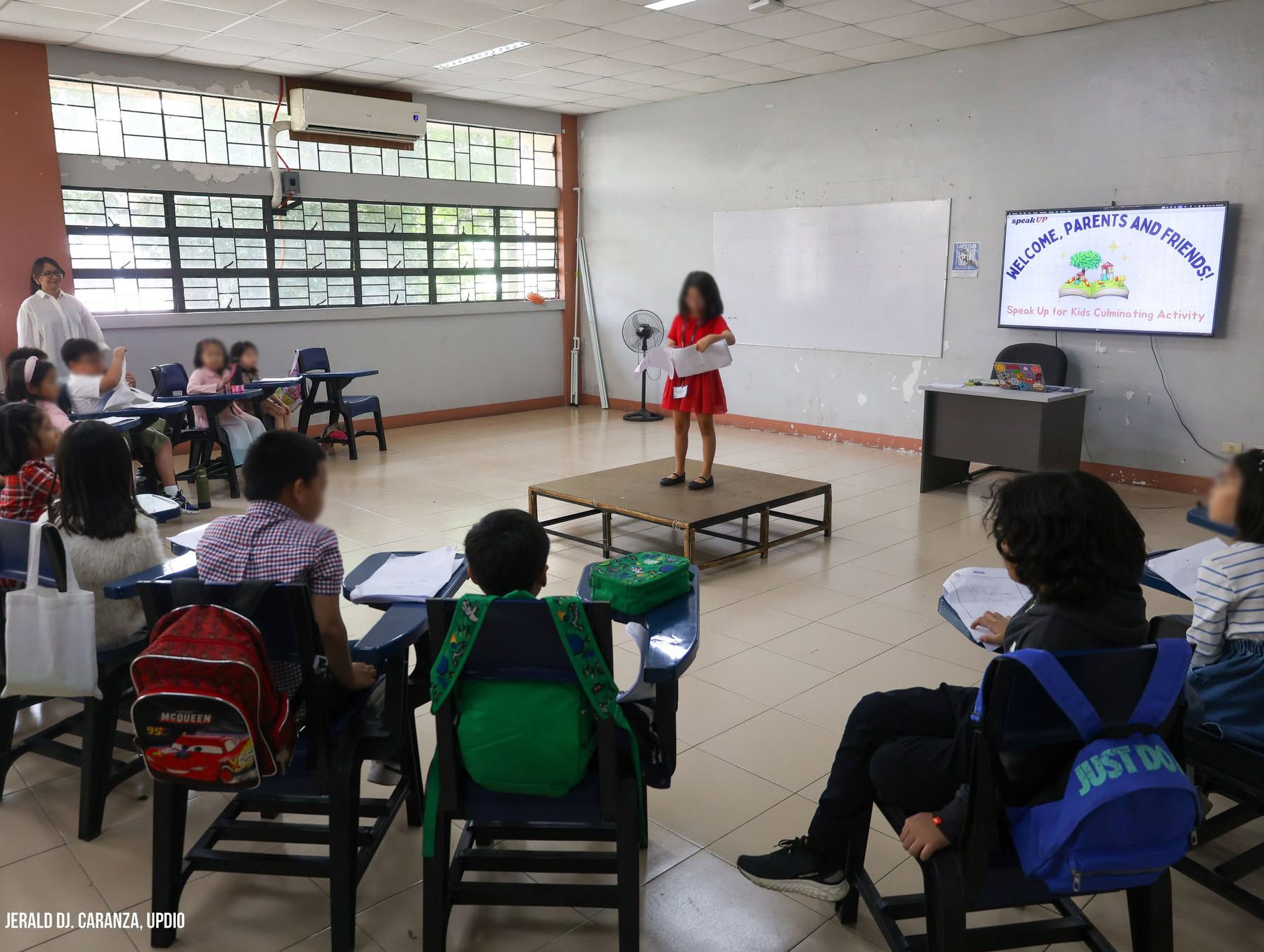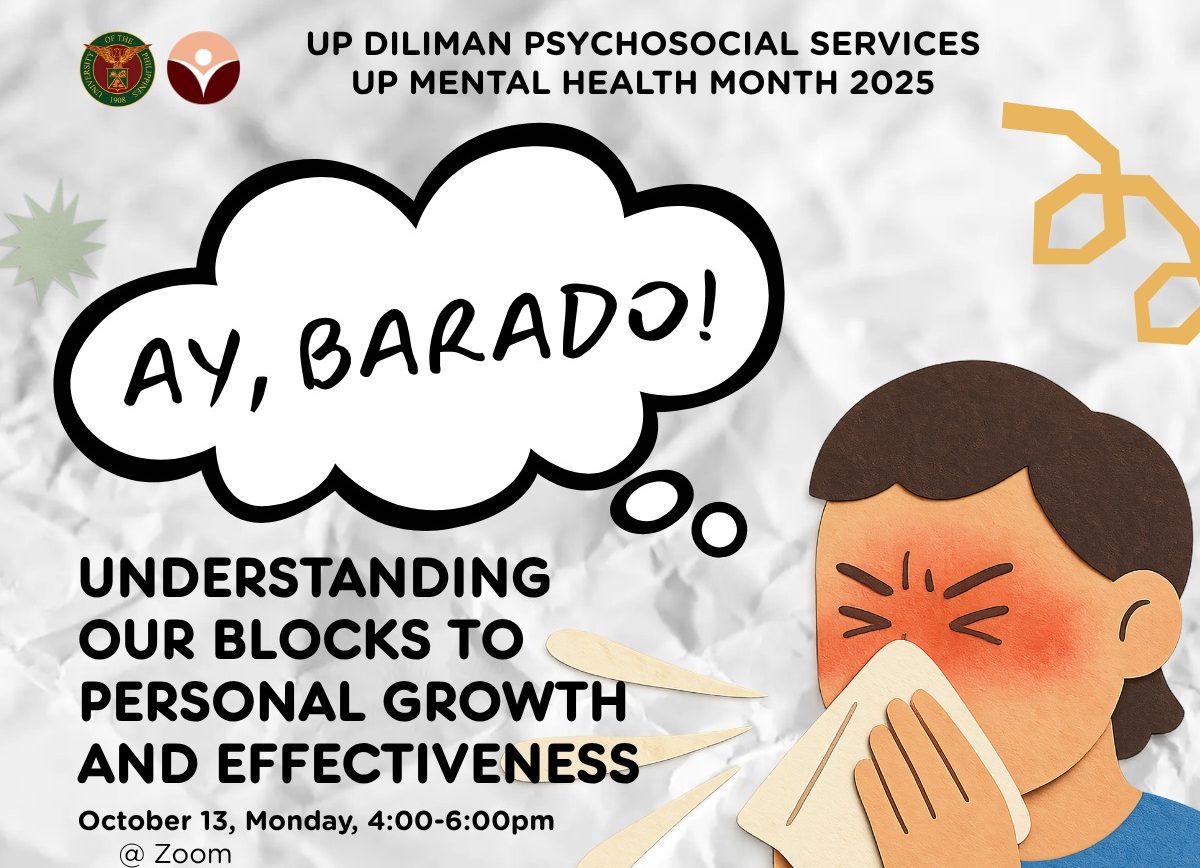Latest News
SolAsin supports revitalizing the salt industry
SolAsin, a portable and sustainable salt farming unit using solar light, is the result of John Carlo Luna Reyes’ thesis SolAsin – An Accessible, Sustainable, and Eco-friendly Premium Salt Farming Unit for Coastal Use.
Reyes and…
Speak UP draws to a close
The annual Speak UP workshop for kids, tweens, and teens, organized by the UP Diliman Department of Speech Communication and Theatre Arts (DSCTA) recently concluded for this year.
Holden Kenneth Alcazaren, assistant professor at the DSCTA, shared that the DSCTA managed 12 Speak UP…














